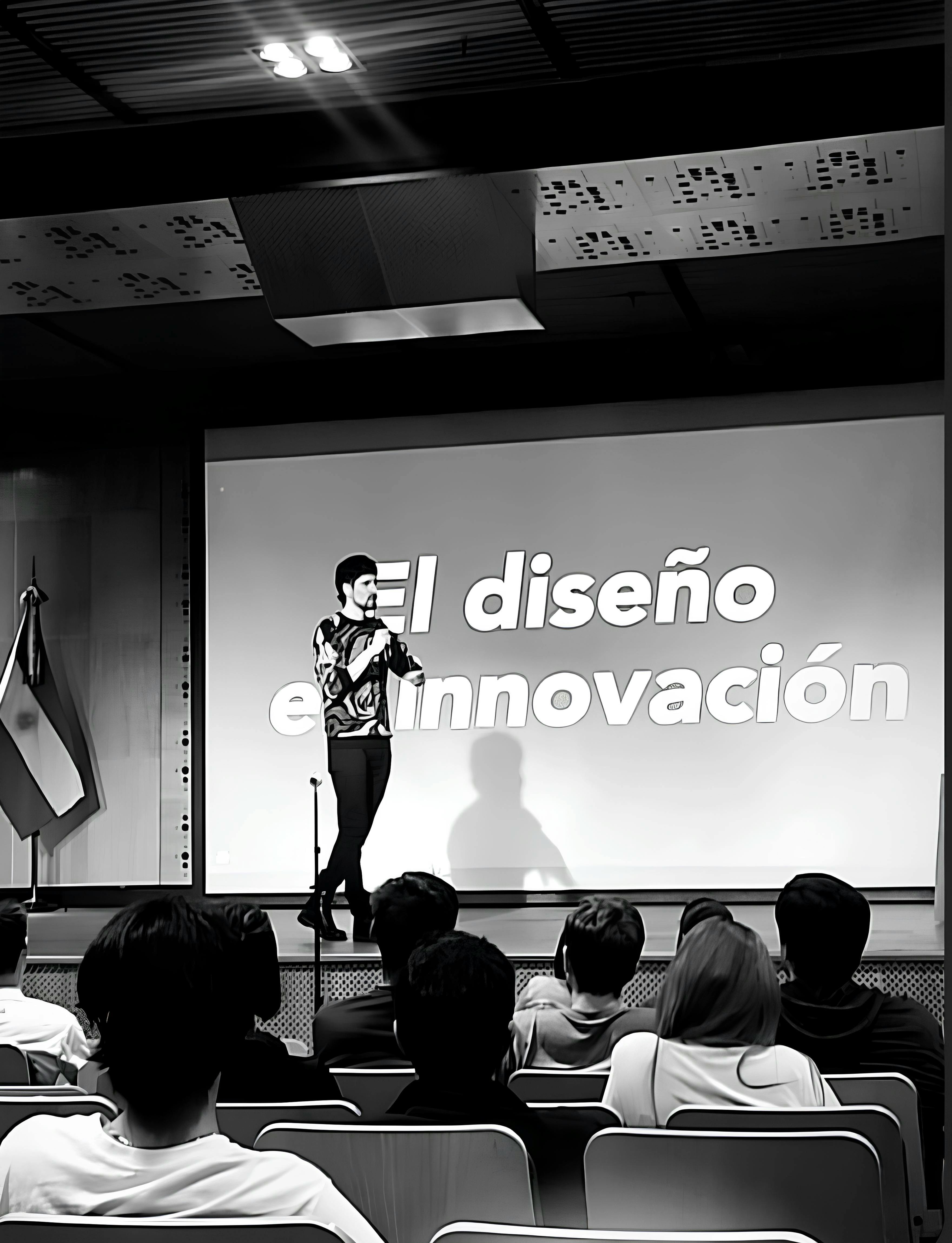I was invited by the Argentine University of Enterprise to speak at the launch event for their BA in Interactive Products and Virtual Reality.
They asked me to share with prospective students my experience working in branded experiences, as well as my views on the future of the industry. Here is a transcription of my intervention:
